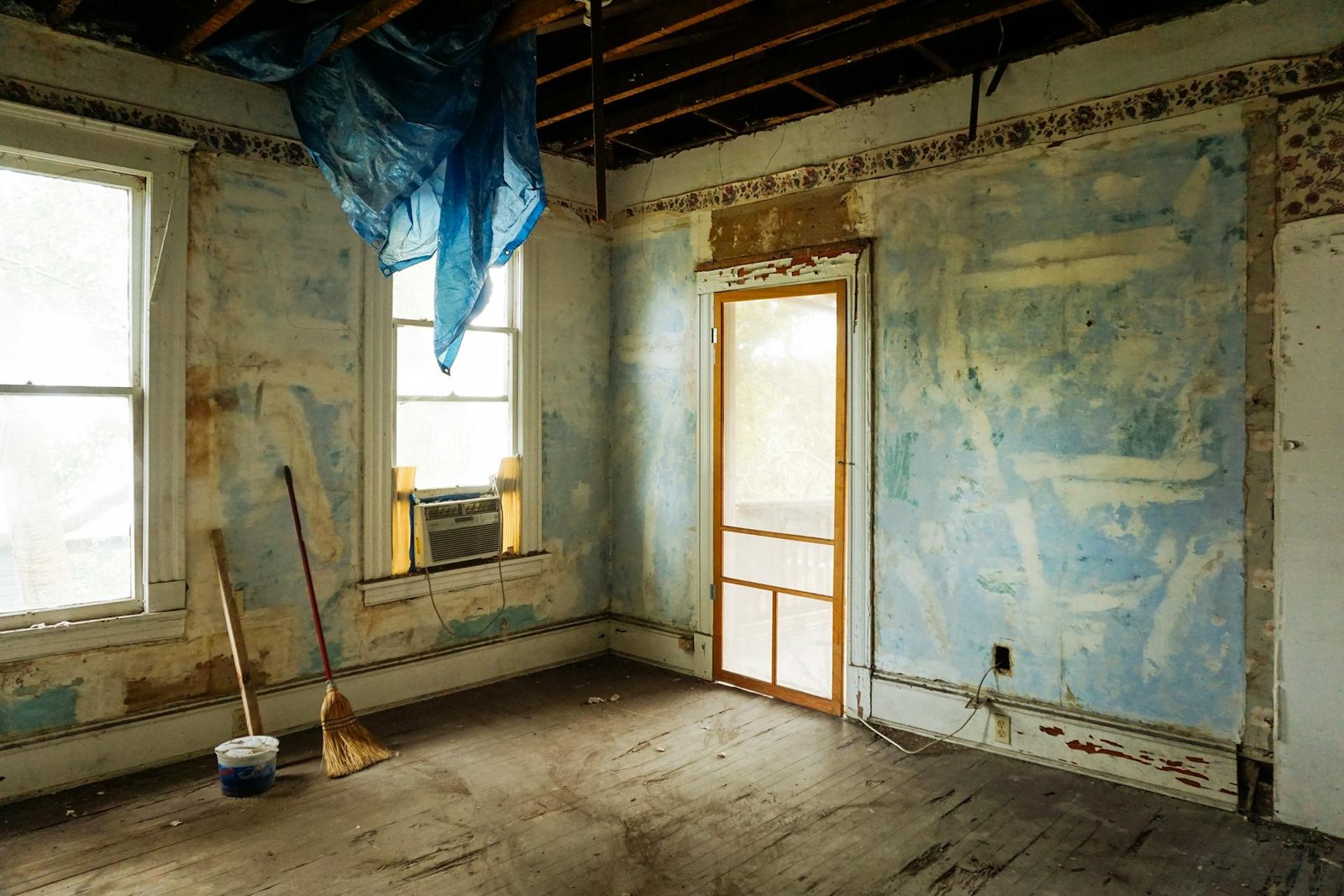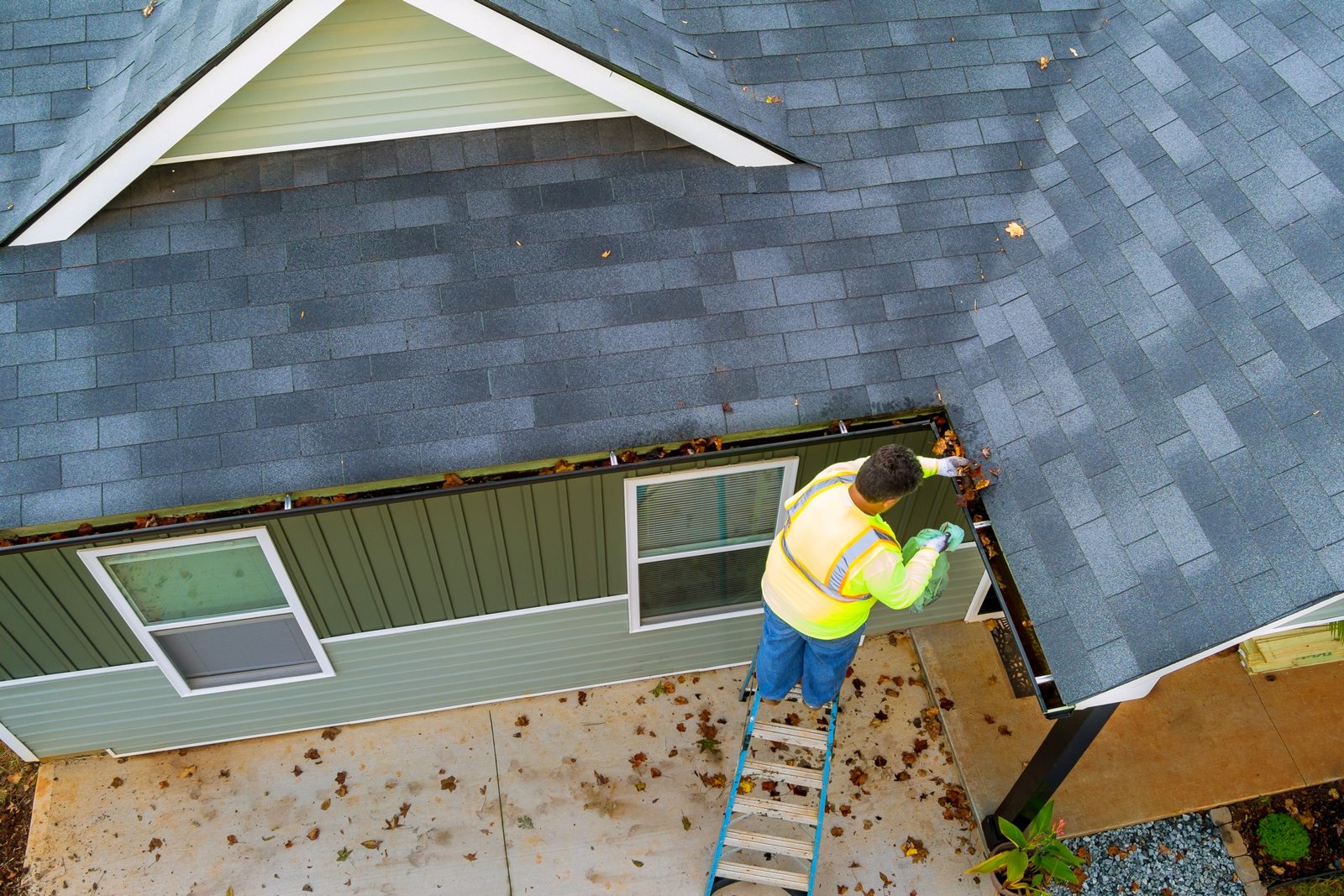Living at home during a remodel can be challenging, but with careful planning, communication, and organization, you can minimize disruptions and maintain comfort throughout the renovation process. Whether you’re remodelling a single room or undertaking a whole-house renovation, these expert tips will help you navigate the experience smoothly.
1. Create a Temporary Living Plan
Before starting the remodel, establish a temporary living plan to ensure your daily routines are minimally disrupted:
- Designate a Safe Zone: Identify an area of your home, such as a spare bedroom or finished basement, where you can temporarily set up essential living spaces (e.g., bedroom, makeshift kitchenette, and bathroom if necessary).
- Protect Belongings: Use plastic sheets or tarps to cover furniture and belongings in areas adjacent to the construction zone to prevent dust, debris, or damage.
- Storage Solutions: Rent a storage unit or utilize unused rooms to store furniture, appliances, and other items temporarily displaced during the remodel.
By creating a dedicated living space and protecting your belongings, you can maintain comfort and functionality during the renovation.
2. Establish Clear Communication with Contractors
Open and regular communication with your contractors is crucial to managing expectations and addressing concerns throughout the remodel:
- Set Ground Rules: Establish guidelines for work hours, noise restrictions, access to utilities, and cleanliness expectations to minimize disruptions and maintain a respectful environment.
- Daily Updates: Schedule daily or weekly meetings with your contractor to discuss progress, timelines, and any unexpected issues that may arise.
- Emergency Contact: Exchange contact information with your contractor and designate a point of contact for emergencies or urgent matters outside regular business hours.
Clear communication fosters transparency, builds trust, and ensures that everyone involved is aligned on project goals and expectations.
3. Plan for Utilities and Access
Coordinate with your contractor to ensure uninterrupted access to essential utilities and services:
- Temporary Kitchen Setup: Create a makeshift kitchenette with a microwave, portable stove, mini-fridge, and essential utensils in your designated living area for preparing simple meals.
- Alternative Bathrooms: If bathrooms are inaccessible due to remodelling, arrange access to alternative facilities, such as a neighbour’s house or portable toilets.
- Utility Shutdowns: Schedule utility shutdowns (e.g., water, electricity) during off-peak hours and communicate schedules in advance to minimize inconvenience.
By planning for utility needs and accessibility, you can maintain comfort and functionality throughout the remodel.
4. Manage Dust and Debris
Dust and debris are inevitable during renovations but can be managed with proactive measures:
- Containment Strategies: Seal off construction areas with plastic barriers or zip walls to contain dust and prevent it from spreading to unaffected areas of your home.
- Ventilation: Use HEPA filters or air purifiers to improve indoor air quality and reduce airborne particles generated during construction.
- Daily Cleaning Routine: Establish a daily cleaning schedule to sweep, vacuum, and wipe down surfaces to minimize dust accumulation in living spaces.
Managing dust and debris not only enhances comfort but also protects indoor air quality and reduces cleanup efforts post-renovation.
5. Stay Flexible and Patient
Remodelling projects may encounter unexpected challenges or delays, so maintaining flexibility and patience is essential:
- Adapt to Changes: Be prepared to adjust schedules, budgets, or project scopes based on unforeseen circumstances or necessary adjustments.
- Focus on the Result: Keep the bigger picture in mind and stay positive throughout the renovation process, focusing on the improvements and enhancements your home will undergo.
- Celebrate Milestones: Acknowledge and celebrate project milestones or completed phases to stay motivated and maintain a sense of accomplishment.
By staying flexible and patient, you can navigate potential setbacks or changes with resilience and maintain a positive outlook on the remodel.
Living at home during a remodel requires careful planning, clear communication, and proactive management to minimize disruptions and maintain comfort. By creating a temporary living plan, establishing clear communication with contractors, planning for utilities and access, managing dust and debris, and maintaining flexibility and patience, you can successfully navigate the renovation process while ensuring a positive experience and satisfactory outcomes. Remember that effective preparation and collaboration with your remodeling team are key to achieving your renovation goals and transforming your living space into the home of your dreams.


